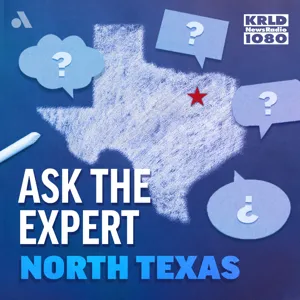Podcast Summary
Kroger-Albertsons merger: The merger of Kroger and Albertsons is a response to the growing competition from Walmart, Target, Amazon, and the rise of supercenters. To make the merger possible, both companies had to make concessions, including store closures and sales to CNS Wholesale Grocers.
The Kroger-Albertsons merger aims to create a formidable force against competitors like Walmart, Target, and Amazon in the grocery industry. Despite the size of the merger, the companies argue that they need each other to stay competitive. This comes as Amazon's acquisition of Whole Foods and the rise of supercenters have threatened smaller grocery chains. To make the merger possible, both companies had to make concessions, including closing some stores and selling others to CNS Wholesale Grocers. This merger shows the importance of collaboration and adaptation in the face of increasing competition and industry disruption.
Business restructuring decisions: Companies make tough decisions during restructuring to reduce redundancy, optimize logistics, and improve financial health by closing stores, consolidating distribution centers, and selling non-performing assets.
During times of business restructuring, companies must make tough decisions to optimize their operations. For instance, the CNS is facing the challenge of reducing the number of stores in the Dallas, Fort Worth area. Brands like Pigly Wiggly, Albertsons, Tom Thumbs, Kroger's, and Market Street are among those potentially affected. The proximity of stores to each other is a significant factor in this decision, as having multiple stores in close proximity leads to redundancy and inefficiency. Additionally, companies consider the logistical benefits of consolidating distribution centers to save on resources like large trucks. Lastly, non-performing assets may be sold to improve the overall financial health of the company. These decisions, while difficult, are necessary for companies to adapt and thrive in a changing business landscape.
Business Partnerships: Partnerships can lead to innovation and learning, but businesses must adapt to compete as partnerships can also result in competition and eventual separation.
Collaboration between businesses can lead to innovation and learning, but it can also result in competition and eventual separation. In the case of Tom Thumb and Walmart, they initially worked together to replicate the hypermarket concept from France. Tom Thumb taught Walmart the grocery business, but after a few years, Walmart decided to go solo and develop its own supercenters. This left Tom Thumb at a disadvantage, as the new standard became larger, one-stop shopping centers. The story illustrates how businesses must adapt to compete and how partnerships can lead to both growth and challenges. Additionally, the speaker mentions that Kroger, like other grocery chains, also operates supercenters, making it even more challenging for smaller neighborhood grocery stores to compete.
Grocery store consolidation: The closure of some grocery stores in North Texas could lead to consolidation of brands and the emergence of more convenient, multi-purpose facilities, potentially benefiting larger chains and offering central locations.
The closure of several grocery stores in North Texas, including Albertsons and Tom Thumbs, may lead to consolidation of brands to simplify operations and customer loyalty programs. High-end stores like Market Street may transition into more generic brands or maintain their identity. The released real estate could be repurposed for new developments such as pickleball courts, which could benefit larger grocery store chains like AGB, allowing them to expand their footprint and potentially offer more central locations. Overall, the grocery store landscape may shift towards fewer brands and more convenient, multi-purpose facilities.





